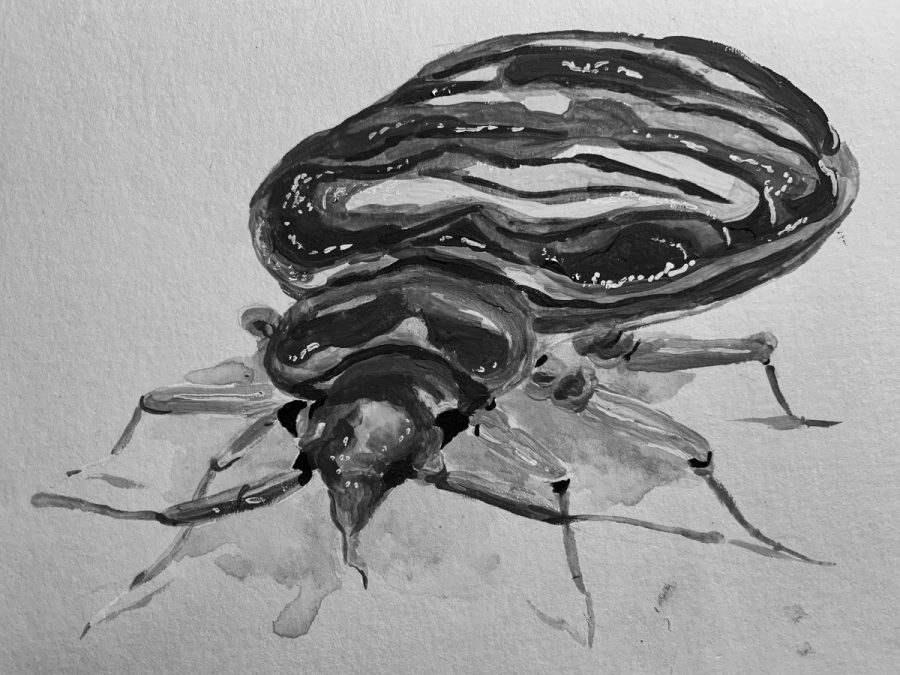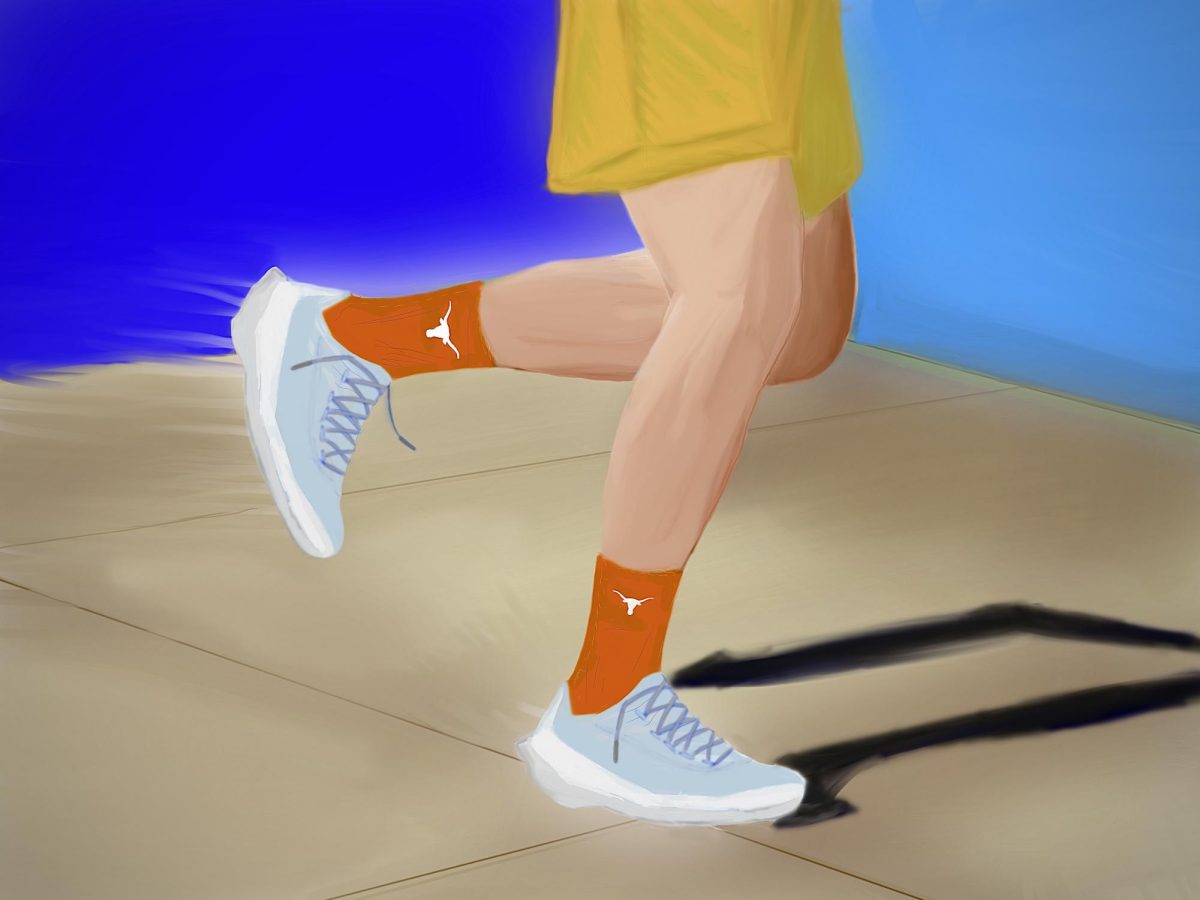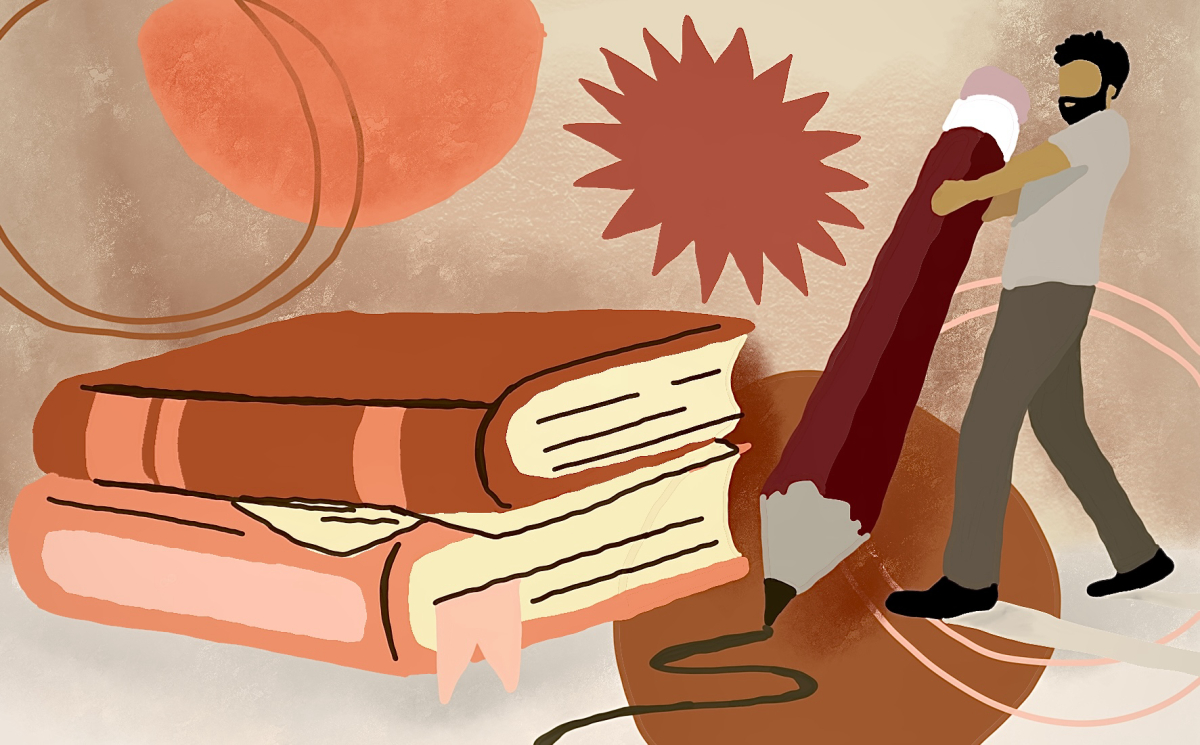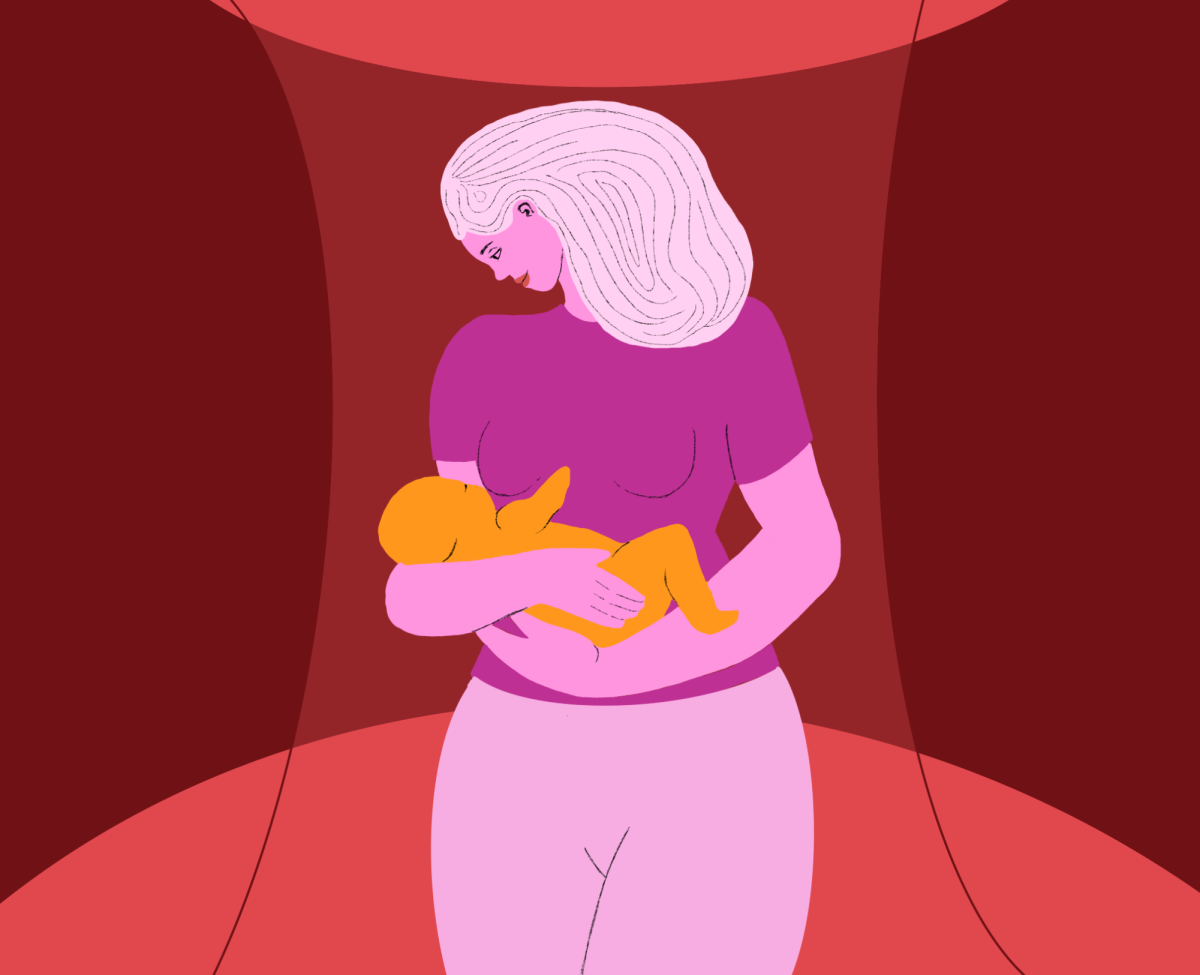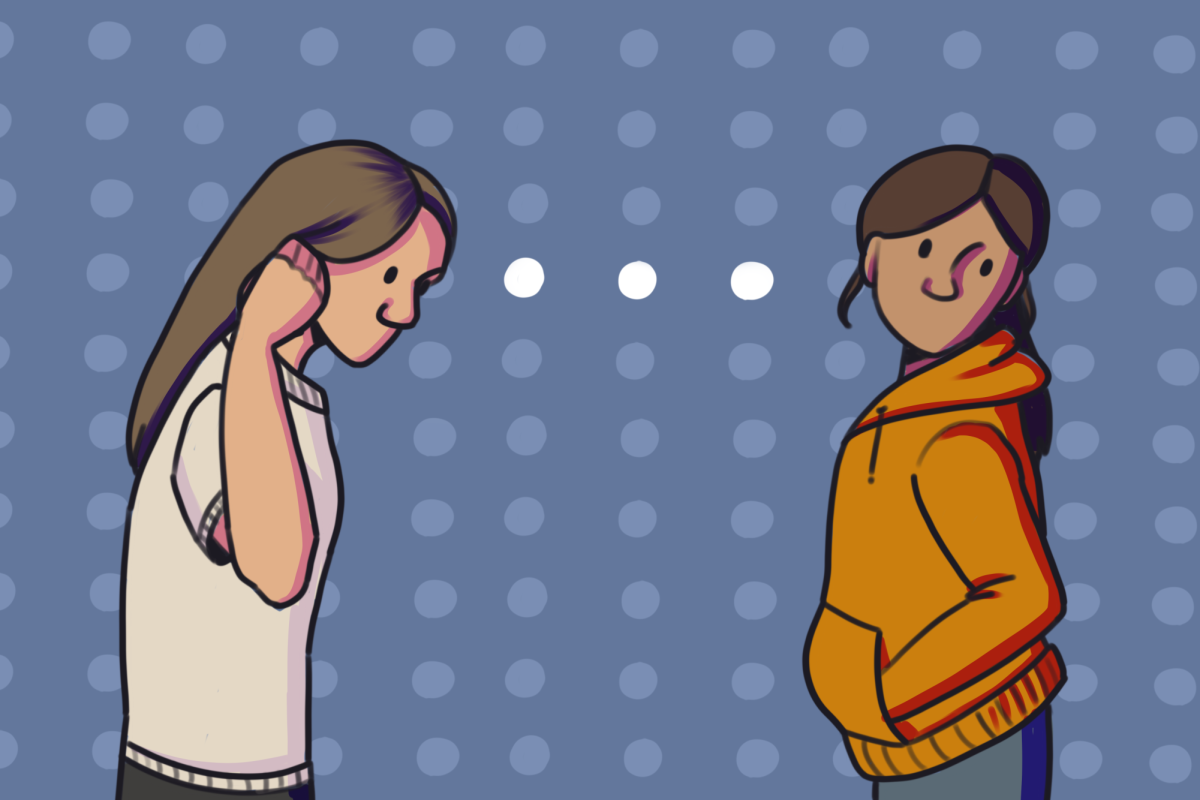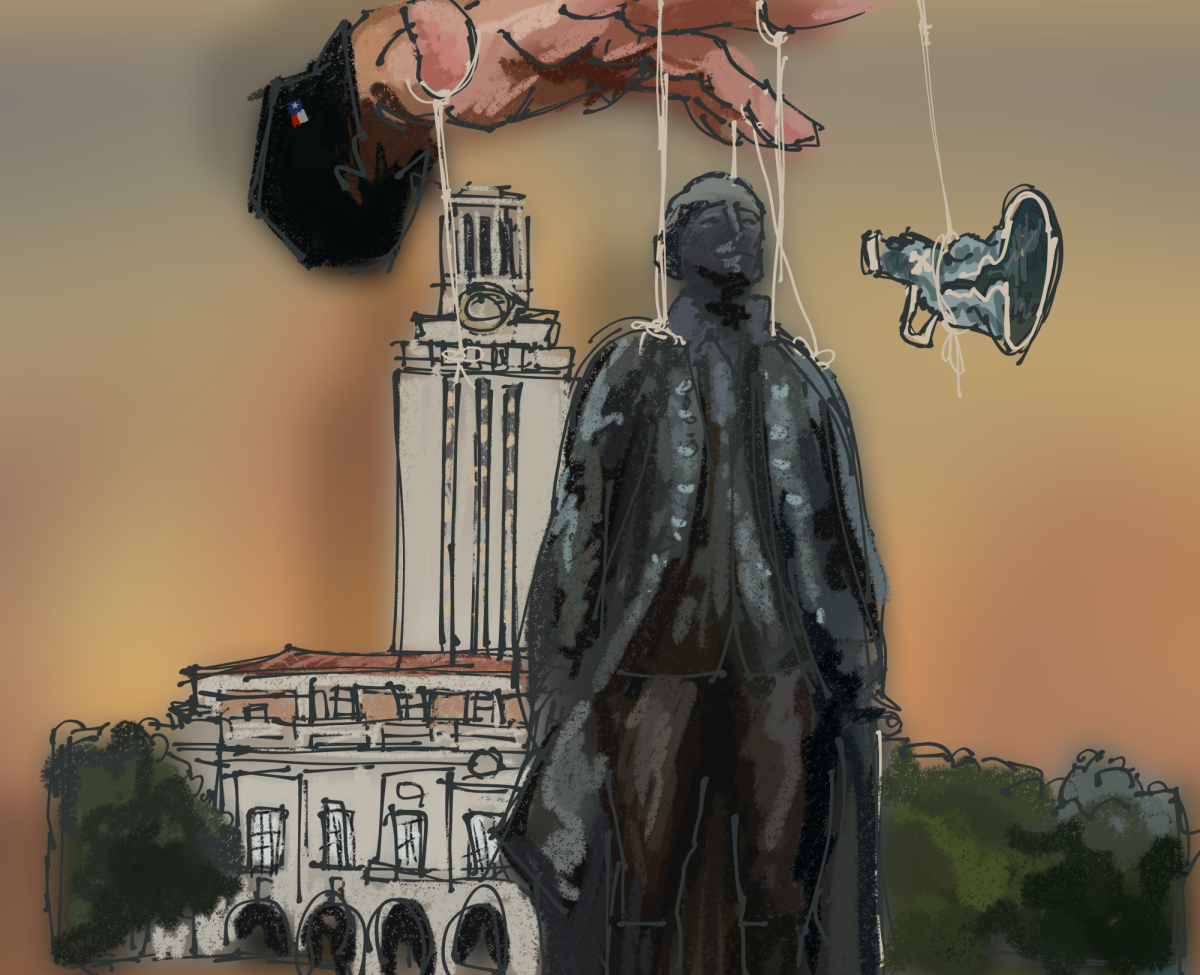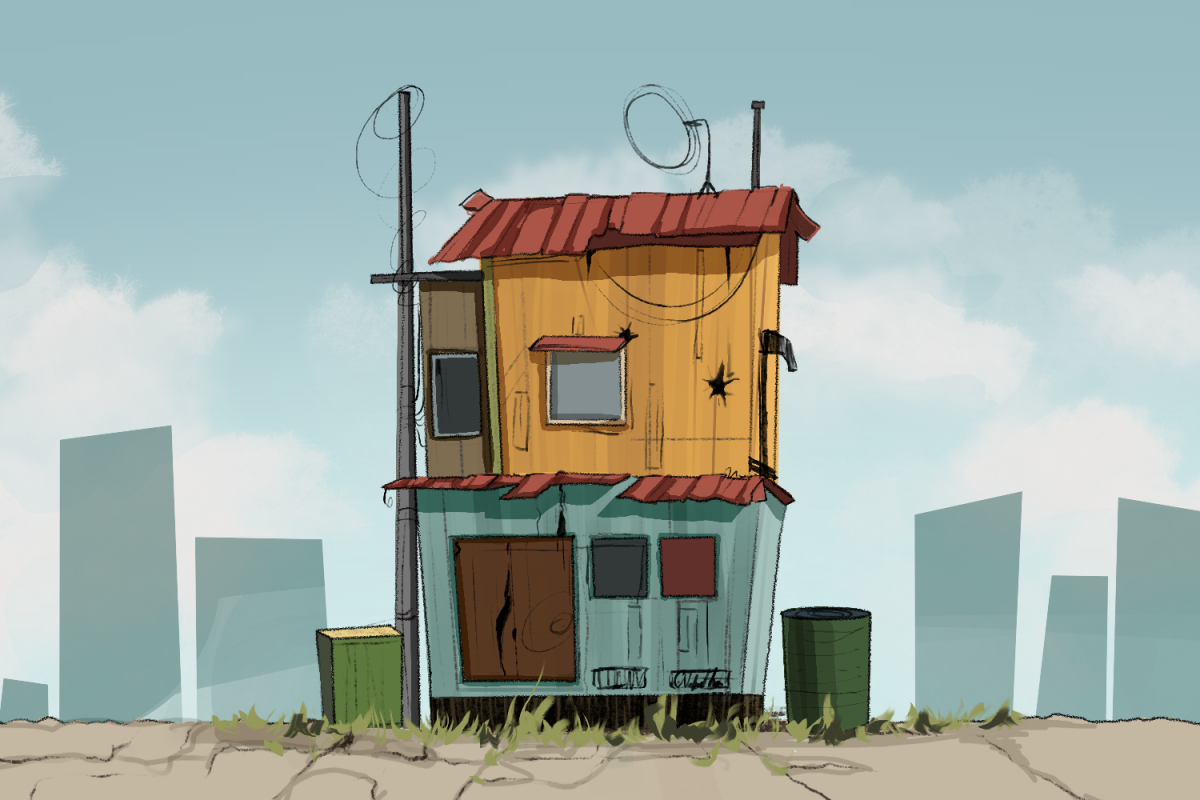Last month, students weren’t the only ones crawling around campus.
Several classes were canceled over a two day period at the University Teaching Center after a student reported finding bed bug bites on their body after sitting in the lecture hall. Even though the room was treated by an extermination team, there is still a risk bed bugs will return.
To prevent the possibility of another bed bug contamination, UT should immediately remove the UTC’s carpeting and upholstered seating.
I attempted to contact UT Facilities Services about the possibility of removing these materials in the UTC. However, Veronica Trevino, media manager for Financial and Administrative Services Communications, would not connect me with a facilities representative. She implied students are responsible for bed bug prevention, not UT, and renovating the UTC lecture hall would be a wasted effort.
“Just for some background, and this is also on the (University Health Services) website, bed bugs are transported by host,” Trevino said. “So, the best method for preventing this from happening again is to basically identify the host and where they are coming from.”
Yes, bed bugs are usually transported by host. However, the UHS website also states bed bugs like to hide in upholstered furniture and carpeting. While removing these materials would not fix the way bed bugs travel to the UTC, it could prevent them from spreading to other students, possibly causing an outbreak.
Additionally, Trevino stated the UTC could not be the source of the issue because bed bugs originate in areas where people sleep.
“(Bed bugs originate in) apartments, dorms, homeless shelters even … basically where people live and sleep,” Trevino said. “Since they are transported by host, the best prevention method would be to address a health perspective of that and what to do to identify where individuals can prevent and treat where they are occurring … like in a residence.”
However, the idea that bed bugs only occur where people sleep is a common misconception. Bed bugs typically bite whenever a host is stationary for an extended period of time.
While this may include sleeping, it also extends to standing stationary or sitting. Since students have to sit for at least an hour during class, the UTC is a prime location for bed bugs to hide out. The constant flow of students means a constant flow of food for the bugs.
In a previous article published by The Daily Texan, University pest control supervisor Mart Stubblefield stated his team “could not be sure when or how the bed bugs got into the chairs in the room.” The UTC lecture room can hold up to around 350 students per class.
Realistically, UT is not going to be able to identify the exact individual that carried the bed bugs.
Since causation cannot be pinpointed, there is no guarantee the bugs won’t return to hide in the chairs again. While bed bugs are transported by hosts, they are unlikely to stay on that person. Bed bugs do not like heat and do not like to travel on bodies. The cushioning on the chairs gives them a place to hide in wait without having to sustain their body heat. Therefore, the only practical solution is to remove the areas where they could hide.
“Ultimately, you can keep treating a place (like) an actual building, but if it is not treated at the root … then it’s going to keep occurring,” Trevino said.
Trevino is right. While the problem may be solved for now, bed bugs could return at any time, possibly even from the original student who brought them. In order to treat the spread of bed bugs at its root, UT needs to completely remove the carpeting and cushioned seating from the UTC.
Lopez is a rhetoric and writing sophomore from Nederland, Texas.

